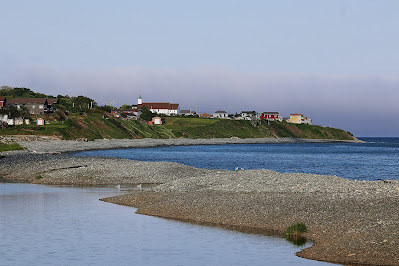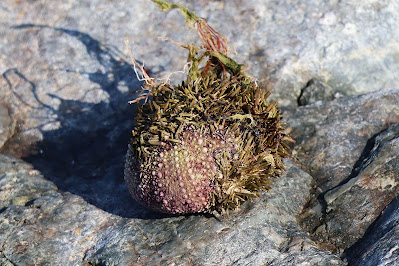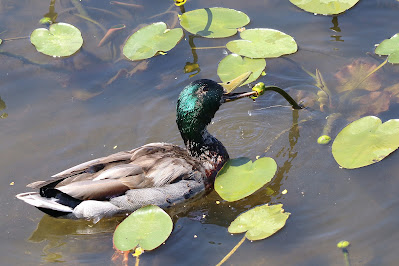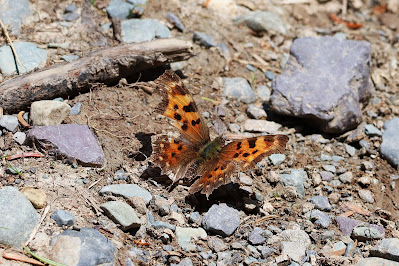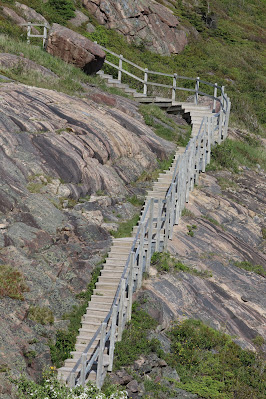St John's, Naturally!
Many lakes, referred to as "Ponds" in St. Johns were bounding with wildlife. We spent a few days exploring the nature trails. A "lifer" species, the Pink-footed Goose, was just wandering around a University parking area! (There was a pond across the road.) - It is normally a resident of Iceland, Greenland and western Denmark.
Cape Spear: The most easterly point in North America! The lighthouse is Newfoundland's oldest surviving lighthouse and has served as the chief approach light for St. John's harbour since 1836!
River Otter off the tip of Cape Spear.
Since we were sitting at the eastern edge of the most Easterly point in North America, I feel I can safely say this Savannah Sparrow had the most easterly nest location of its species in North America!!
Waves crashing below Cape Spear.
Colourful houses near Topsail beach.
Threespine Stickleback in a tidal pool off the ocean at Topsail Beach.
Common Terns: Courtship feeding as a part of the mating ritual.
A successful transfer of food to the mate at Long Lake!
Domestic duck with some of her ducklings in formation!!
American Bittern! First one that I have seen in 2025!
The red glow from the ball made me want to rename this Arctic Tern "Roseate Arctic Tern".
Northern Flicker, alert near the nest!
Osprey with fish being chased by an American Crow!
Pigeons in a tree! (We only see them on man-made structures at home.)
Red Squirrel at a feeding station.
A Mallard Drake made several attempts to grab onto the "bouncing" flower bud growing on a water Lily.






